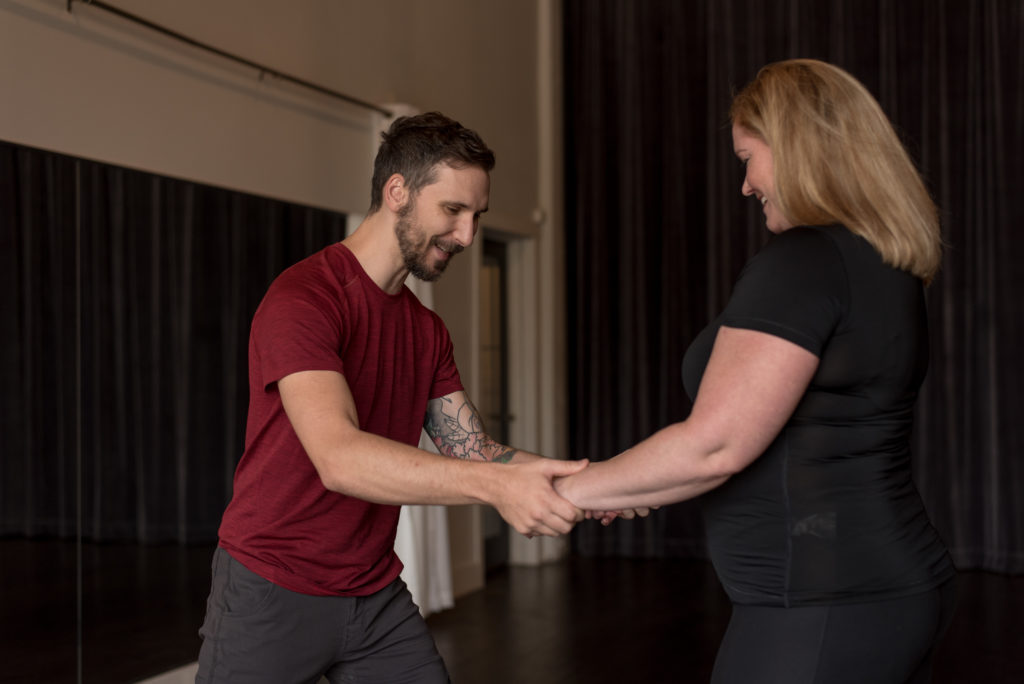Increasing complexity is increasingly expensive.
One person can decide what needs to be done and do it.
Two people can do more, but they have to talk about it.
Ten people can do a lot more, but their talking must now be organized. There may be one person whose entire job is organizing.
A thousand people have immense power to get a thing done, but need an entire department to manage the talking. There might be 50 people whose job is entirely focused on how the other people talk about the thing they are collectively trying to get done, not even how they actually do it.
Those thousand people are vastly more efficient than the one, but if you can’t afford to pay for 50 people who won’t directly effect getting the thing done, than that level of efficiency is not available to you. You do the best you can with ten, or two, or if you are truly destitute of any extra resources, one.
The Reembody Method is largely based on predictions of exactly how our team of a thousand moving parts is broken up into ten, or two, or one. Maximum expression of these mechanisms is to move like a thousand individuals who each get their own thing done without any awareness or cooperation from the others: total disassociation.
The amount of complexity you can sustain is based on how threatened you feel.
Threat is the expression of how urgent a thing you have to do is, as compared to the resources available to you for doing it. High threat means the urgency is higher than resource availability. Low threat means resources are higher than urgency. When threat is high, complexity is impossible. Teams of a thousand break into teams of ten (fight), or two (flight), or one (freeze), depending on the threat level.

Threat is determined by your emotions. Your emotions are physical experiences compiled over time into shorthand responses.
A Reembody practitioner identifies how threatened a person feels, and by what. Then, using whatever combination of interpersonal skills suit the practitioner best, we create a moment in time wherein that person’s threat level can lower. This moment in time allows the body to behave like a team of two, or ten, or a thousand.
Because bigger teams are more powerful, the time spent moving like a team allows people to overcome their original threat and, ultimately, secure the necessary resources to operate at any level of complexity.

Leave A Comment:
Your email address will not be published.